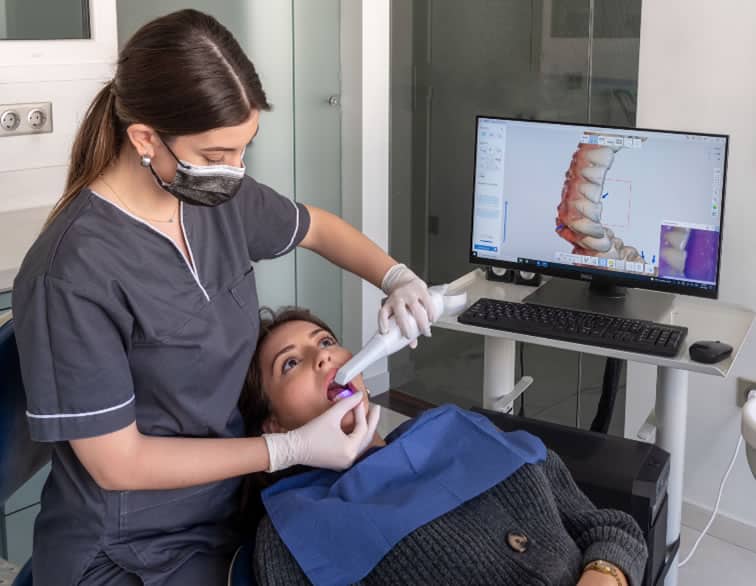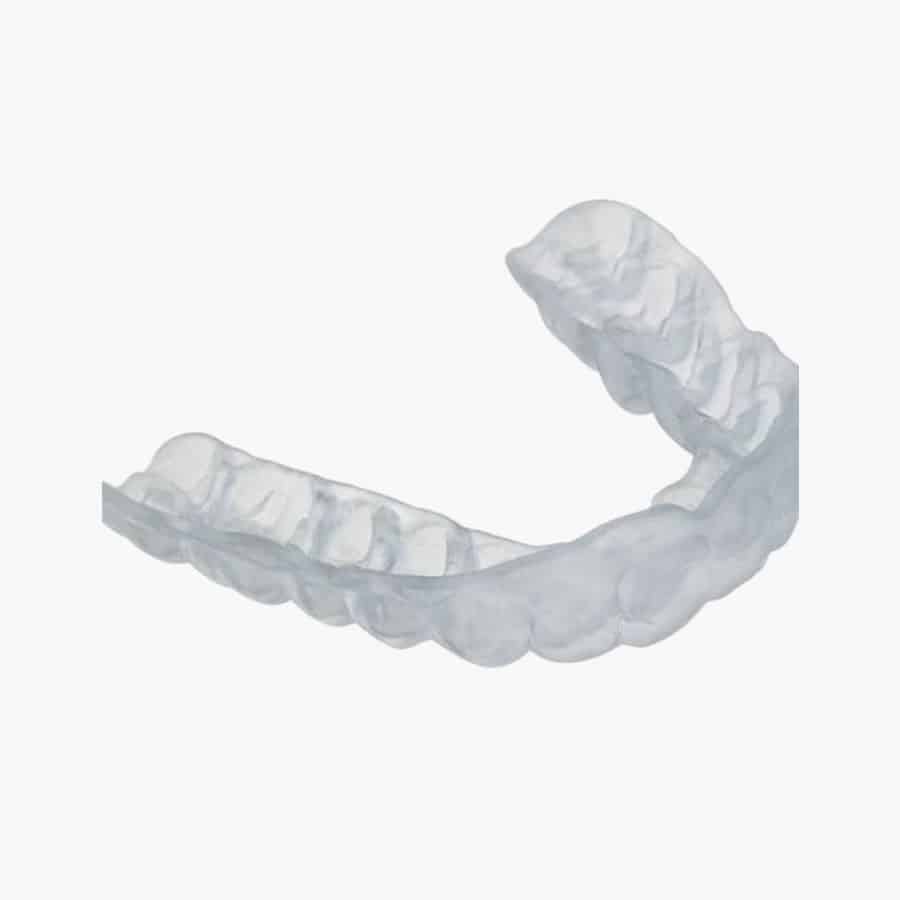SPLINTS
SPLINTS with 3DDDS
- Easiest digital workflow to implement.
- Almost every patient needs a splint or night guard.
- Easy scan process.
- Very little chair time necessary.
- Huge ROI very quickly.
- 3D DDS will train your team on the workflow and offer ongoing technical support as your volume goes up.
- Easily pay for all your digital upgrades by offering splint therapy to your patients at hygiene visits and for larger restorative cases. Pay for your scanner in 30 days with about 2 splints per day.

Dental splints are devices designed to address several issues, such as reducing tooth mobility, managing temporomandibular joint disorders (TMJ), preventing tooth grinding (bruxism), and more. Here are a few types of dental splints and their benefits:
- Periodontal splints: These are used to stabilize loose teeth, often due to gum disease. By attaching the loose tooth to a stronger, adjacent tooth, periodontal splints can prevent further tooth movement and allow for healing.
- Orthodontic splints: Used in orthodontics, these splints can help to stabilize or reposition teeth. They can be fixed or removable and are often used after orthodontic treatment to maintain the new position of the teeth.
- Occlusal splints and Night Guards: Used to treat bruxism, the habitual grinding or clenching of teeth, typically during sleep. The splint provides a barrier between the upper and lower teeth, protecting them from damage.
- TMJ splints: Used to treat temporomandibular joint disorders, a condition that can cause pain and discomfort in the jaw. The splint can help to reposition the jaw, reduce muscle tension, and alleviate pain.
- Interim splints: These temporary splints are often used to stabilize teeth during dental procedures or healing periods. They can be removed once the procedure is complete or once the teeth or gums have sufficiently healed.

Benefits of Digital Design and Production:
- Precision: With digital production, such as CAD/CAM technology, dental splints can be designed and manufactured with high accuracy. This ensures that the splint fits perfectly and is as comfortable as possible for the patient.
- Speed: The digital design and production process is generally faster than traditional methods. Once the digital design is complete, the splint can be manufactured quickly, reducing the overall time from diagnosis to treatment.
- Reproducibility: If a splint needs to be replaced, digital files can be saved and reused, allowing for the production of a replica.
- Modification: If adjustments need to be made to the splint, the digital design can easily be modified, and a new splint can be produced, eliminating the need for manual adjustments, which can be time-consuming and less accurate.
- Patient Education: 3D digital models can help patients understand their treatment, increasing patient satisfaction and improving compliance with the treatment.
Using digital technology in dental splint production has significantly enhanced the efficiency, accuracy, and overall patient experience associated with these treatments, leading to a better ROI.

Let's Talk
Find out how we can improve your bottom line. Contact us and one of our members will be happy to answer all of your questions.
